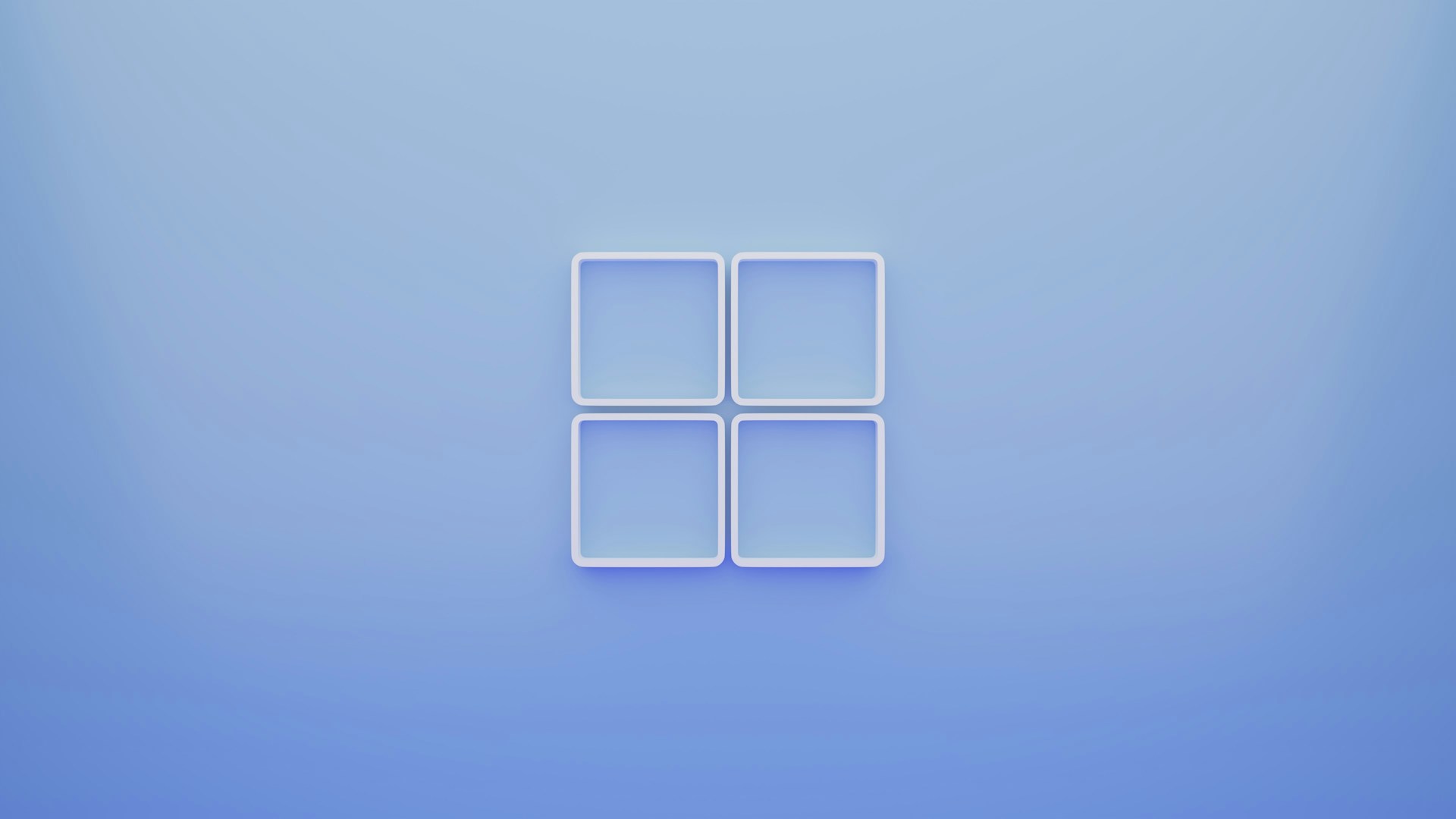Microsoft’s Recall: A Controversial AI Tool in Windows 11
Microsoft has sparked a wave of discussion with the introduction of its new Recall feature in Windows 11—a tool designed to enhance productivity but also raising significant privacy concerns. Part of the company’s latest AI-powered Copilot+ PCs, Recall periodically takes snapshots of the user’s desktop to help retrieve past activities and locate previously accessed files more easily.
Initially, Recall was set to be an opt-out feature, meaning it would be enabled by default and not easy to turn off. This decision drew heavy criticism, especially since the first version stored user data in an unencrypted database—posing a serious security risk. In response to public backlash, Microsoft delayed the official rollout to implement key improvements.
In the updated version, Recall now stores data in encrypted form. It also requires Windows Hello and Bitlocker to be enabled, aiming to provide a more secure user experience. Still, the feature’s default behavior—taking a screenshot every 30 seconds—continues to cause unease among privacy-conscious users who feel like they’re being constantly monitored.
From a technical standpoint, Recall offers impressive capabilities. Users can search through the screenshot database using keywords to locate lost content. It also allows for text and image extraction from past snapshots, making it easy to reuse information. These features are powered by the local AI tool “Click to Do,” which works entirely offline without requiring an internet connection.
Microsoft has taken several steps to address the initial privacy concerns. Users can now define which apps and websites should be excluded from the screenshot process. Most importantly, they now have the option to disable Recall entirely—something that wasn’t possible in the original release. These changes suggest that Microsoft has taken user feedback seriously and is actively working to make the feature more privacy-friendly.
Although Recall has the potential to be a powerful asset, its future success remains uncertain. At the moment, it is only supported on select devices equipped with specific chipsets, limiting its adoption. Nevertheless, for users who often struggle to locate past documents or need to retrace their work, Recall might prove to be a highly practical tool.
Ultimately, Recall represents an ambitious step forward in integrating AI into the Windows ecosystem. However, for it to gain widespread acceptance, Microsoft will need to strike a delicate balance between offering powerful features and maintaining user trust through strong privacy safeguards.

